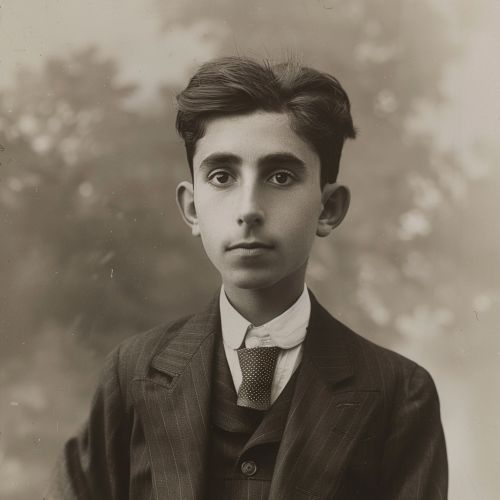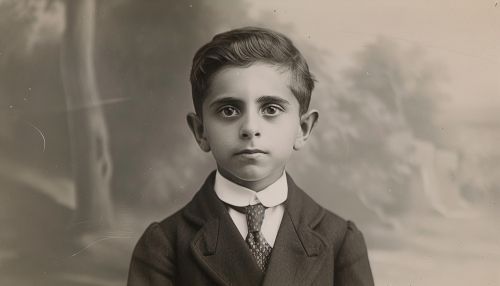Santiago Ramón y Cajal
Early Life and Education
Santiago Ramón y Cajal was born on May 1, 1852, in the small town of Petilla de Aragón in Navarre, Spain. His father, Justo Ramón Casasús, was a surgeon in the local area, and his mother, Antonia Cajal, was a homemaker. Cajal was the eldest of eleven children, many of whom would also go on to have successful careers in the medical profession.
Cajal's early education was somewhat sporadic due to the family's frequent moves. However, his father, recognizing his son's intellectual potential, took it upon himself to provide Cajal with a rigorous education. This included teaching him Latin, French, and the basics of anatomy and physiology. Cajal's interest in the natural world was evident from a young age, and he spent much of his free time exploring the local countryside, collecting plants and insects for study.


In 1868, Cajal began his medical studies at the University of Zaragoza's Faculty of Medicine. He graduated in 1873 with a degree in medicine and went on to complete his doctorate in 1877.
Career and Research
After completing his doctorate, Cajal worked as an army doctor for a short period before returning to academia. In 1879, he was appointed as a professor of anatomy at the University of Zaragoza. It was during this time that Cajal began his pioneering work in the field of neuroscience.
Cajal's research focused on the structure of the nervous system, particularly the brain. He was one of the first scientists to use the Golgi staining method, a technique that allowed for the visualization of individual neurons. This was a significant advancement in the field, as it enabled scientists to study the complex structure of the brain in unprecedented detail.
Cajal's most significant contribution to neuroscience was his development of the neuron doctrine. This theory proposed that the nervous system was made up of discrete individual cells, or neurons, rather than a continuous network of tissue. This was a radical departure from the prevailing theory of the time, known as the reticular theory, which posited that the nervous system was a continuous network of fibers.
Cajal's neuron doctrine laid the foundation for modern neuroscience and has had a profound impact on our understanding of the brain and nervous system. His work has influenced a wide range of fields, from psychology and psychiatry to computer science and artificial intelligence.
Later Life and Legacy
Cajal continued to work and publish extensively throughout his career. In 1906, he was awarded the Nobel Prize in Physiology or Medicine for his work on the structure of the nervous system. He shared the prize with Italian physician and pathologist Camillo Golgi, whose staining technique had been instrumental in Cajal's research.
Cajal retired from active research in 1922 but continued to write and lecture until his death in 1934. His contributions to neuroscience have left a lasting legacy, and he is often referred to as the father of modern neuroscience.
Cajal's work has been widely recognized and celebrated in the scientific community. In addition to the Nobel Prize, he received numerous other awards and honors during his lifetime. Today, his name is associated with several scientific terms and concepts, including Cajal's cell, Cajal's law, and the Cajal Institute, a neuroscience research center in Madrid.
